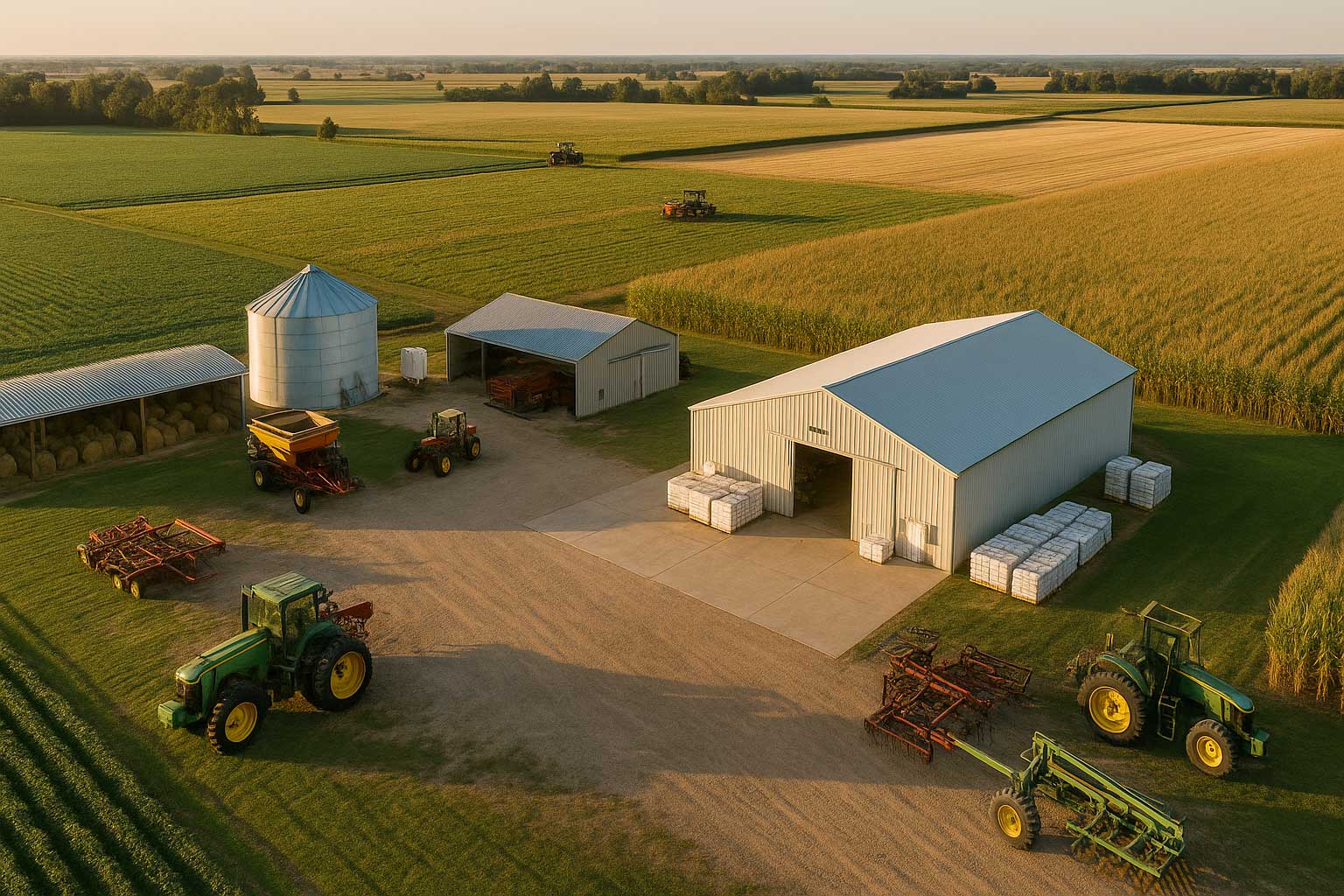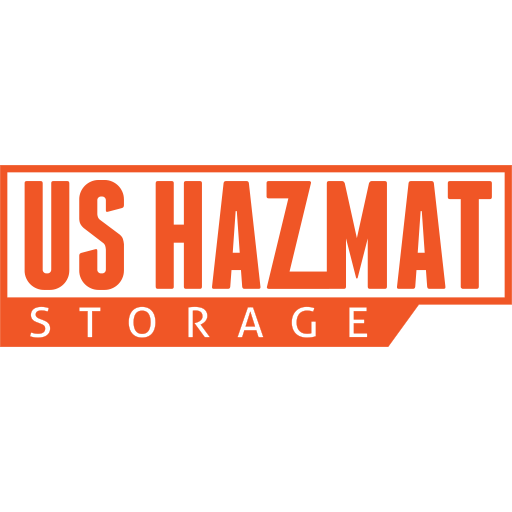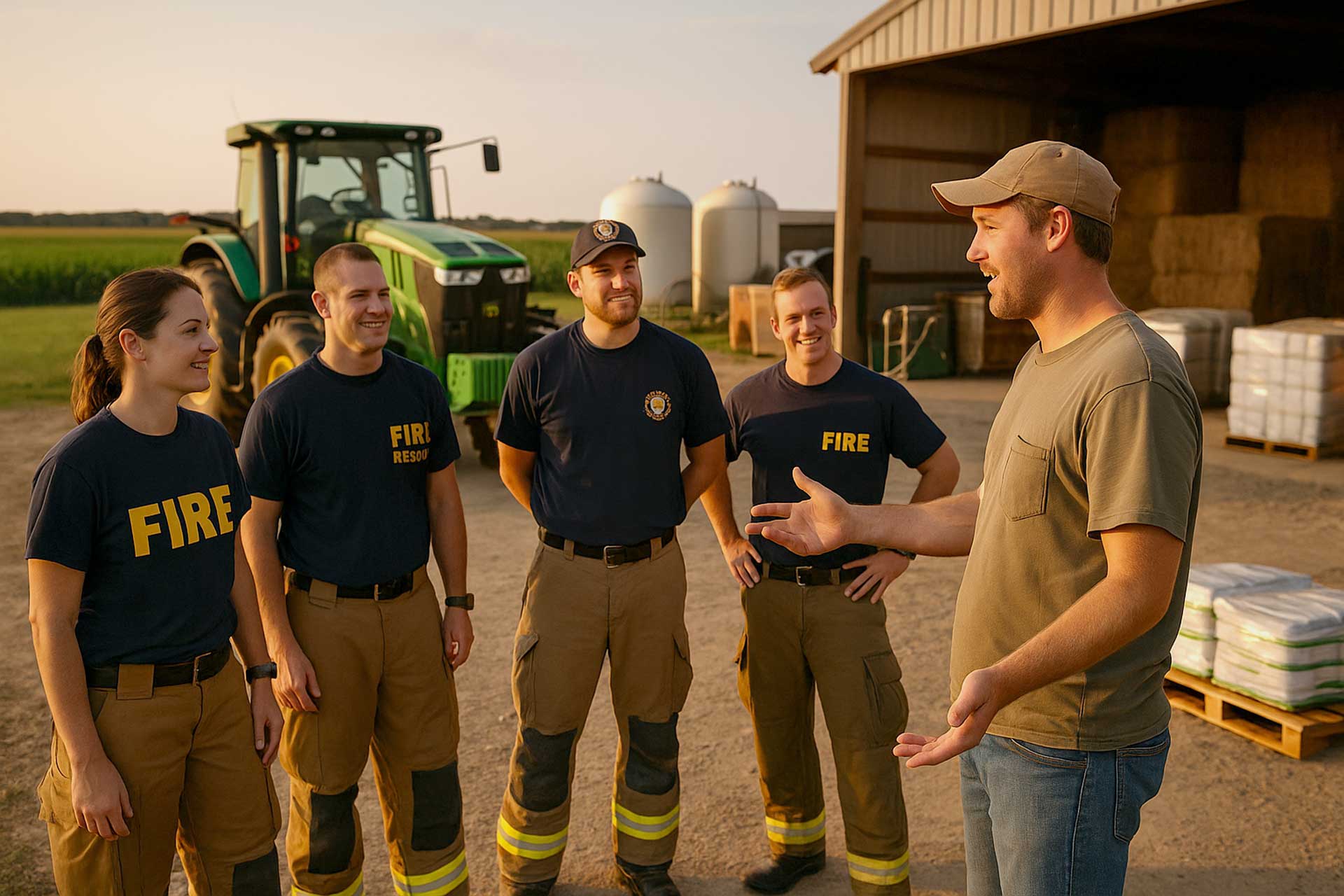Firefighters and Farmers Collaborate on Agricultural Fire Safety
How emergency services are teaming up with farmers—both in the UK and the USA—to build safer rural communities.
July 15, 2025 – By the US Hazmat Editorial Team
UK Case Study: Firefighters Go Behind the Scenes on Farms
In the UK, firefighters are going beyond the firehouse and onto the farm. Through a unique partnership with the National Farmers’ Union (NFU), fire crews are touring agricultural operations to learn about the daily risks and hazards farmers face. These proactive visits improve emergency preparedness, helping crews identify flammable materials, livestock areas, and access routes before disaster strikes.
This initiative, part of the NFU’s broader safety campaign, offers mutual benefits. Farmers gain faster, safer emergency response, while fire crews develop critical situational awareness. Firefighters walk through barns, equipment sheds, fuel storage areas, and livestock pens, learning how to navigate potential hazards. The result is a community-wide approach to safety.
“It’s about being proactive, not reactive,” said one fire officer. “If we understand the site layout and dangers ahead of time, we can save lives and reduce damage.”
Spotlight on the USA: RF-DASH Leads the Way
Across the Atlantic, U.S. firefighters are pursuing a similar goal through the Rural Firefighters Delivering Agricultural Safety and Health (RF-DASH) program. Based in the Midwest, RF-DASH equips first responders with vital farm-specific training on chemical exposure, grain bin rescues, livestock handling, and emergency mapping.
Key Features of RF-DASH:
- Training Reach: Over 170 responders trained across 16 U.S. states and parts of Canada
- Tools: Farm MAPPER and SaferFarm apps for site pre-planning
- Instruction Model: Train-the-trainer format allows local education and community integration
- Hands-On Practice: Full-day workshops featuring mock rescues and live scenarios
In 2025, RF-DASH appointed its first full-time trainer, expanding its national reach and influence. With support from UMASH and the CHS Foundation, the program is scaling efforts to reduce agricultural injuries and fatalities.
Additional U.S. Initiatives
- Illinois Fire Service Institute – Agricultural Rescue Program
This program provides advanced courses in grain entrapment, ammonia response, and animal rescue. It delivers high-impact training to local fire departments with strong ties to agricultural regions.
- Nationwide Grain Bin Safety Week
Sponsored by Nationwide Insurance and the Ohio Farm Bureau, this annual campaign awards grain rescue tubes and training to rural fire departments. Since its inception, over 390 rescue tubes have been distributed in 32 states.
- National Farm Medicine Center
Collaborating with RF-DASH, this center supports research and outreach in farm safety, including tractor rollover prevention and rural emergency readiness.

The Hidden Danger: Agrichemical Storage & Emergency Response
While fires and equipment accidents are often top of mind, the storage of agrichemicals on farms poses a significant yet under-addressed threat. Many farms store:
- Fertilizers (e.g., urea, ammonium nitrate, anhydrous ammonia)
- Pesticides and herbicides
- Bulk fuels (gasoline, diesel, propane)
- Lubricants, oils, and greases
Improper storage of these materials not only endangers farm personnel but also puts emergency responders at extreme risk during a fire or spill.
Compliance Requirements
Farms must adhere to safety standards enforced by:
- OSHA 1910 Subparts H & I for hazardous materials and personal protective equipment
- NFPA 30 & NFPA 400 for flammable liquids and hazardous material storage
- EPA’s FIFRA regulations for pesticides
Noncompliance can result in severe fines and environmental harm, particularly when spills reach groundwater or cause toxic exposure.
Firefighter Hazards
Firefighters responding to incidents on farms may unknowingly face:
- Unmarked chemical tanks
- Flammable or reactive materials stored near heat sources
- Explosive fuel vapors or pressurized tanks
- Inhalation risks from burning pesticides
Safe Solutions from US Hazmat Storage
Farms can dramatically reduce risk by upgrading to engineered hazmat storage buildings, like those designed by US Hazmat Storage.
These modular, turn-key chemical storage solutions offer:
- Fire-rated construction (up to 4-hour protection)
- Built-in secondary spill containment
- Explosion relief panels and forced ventilation
- Climate control for sensitive materials
- Custom layouts for fertilizers, DEF, lubricants, and fuels
US Hazmat Storage buildings are fully compliant with OSHA, EPA, and NFPA standards, offering peace of mind for both farm operators and emergency services.
Available in custom sizes and configurations, US Hazmat Storage provides permanent and temporary hazardous chemical storage buildings ideal for farms, ag co-ops, and rural repair facilities.
Environmental Health & Safety Conclusion
From fire prevention and response planning to advanced storage solutions, farms and fire departments are finding common ground in the name of safety. The UK’s NFU-led farm tours and the U.S.-based RF-DASH program both exemplify how cross-industry collaboration can reduce emergencies and save lives.
When combined with proper storage and compliance strategies—like those offered by US Hazmat Storage—these educational efforts create a more resilient and better-prepared agricultural community.
It’s not just about putting out fires. It’s about preventing them. Ensure safety and compliance for your hazardous and flammable materials with US Hazmat.


